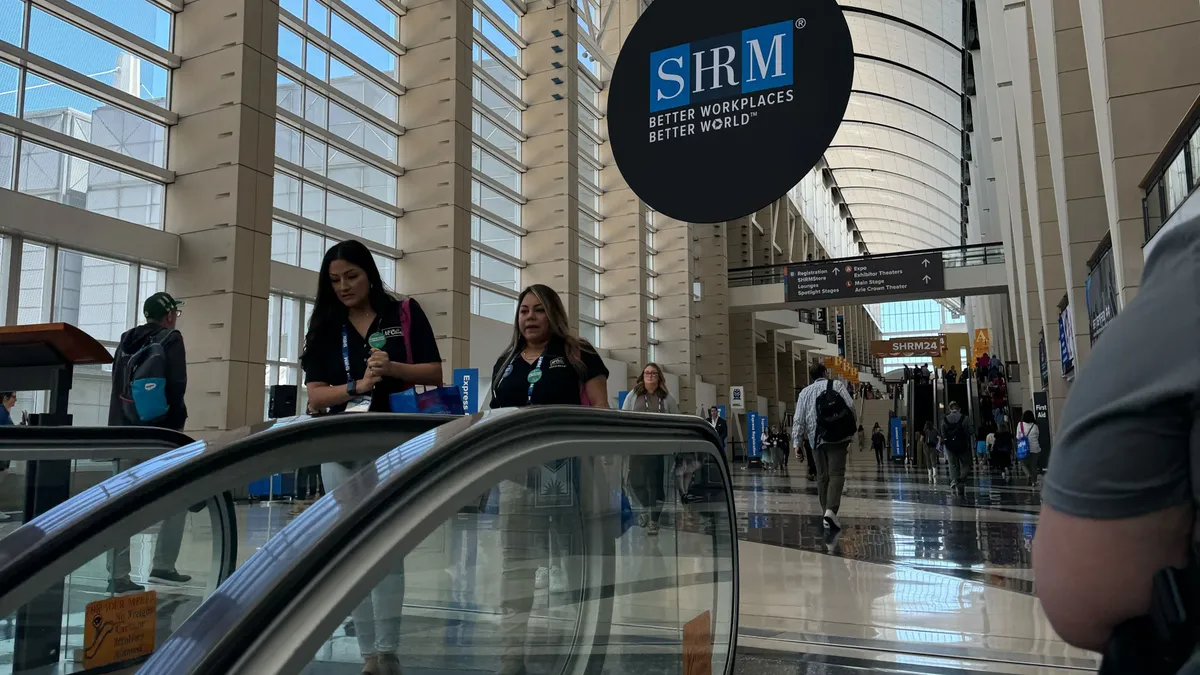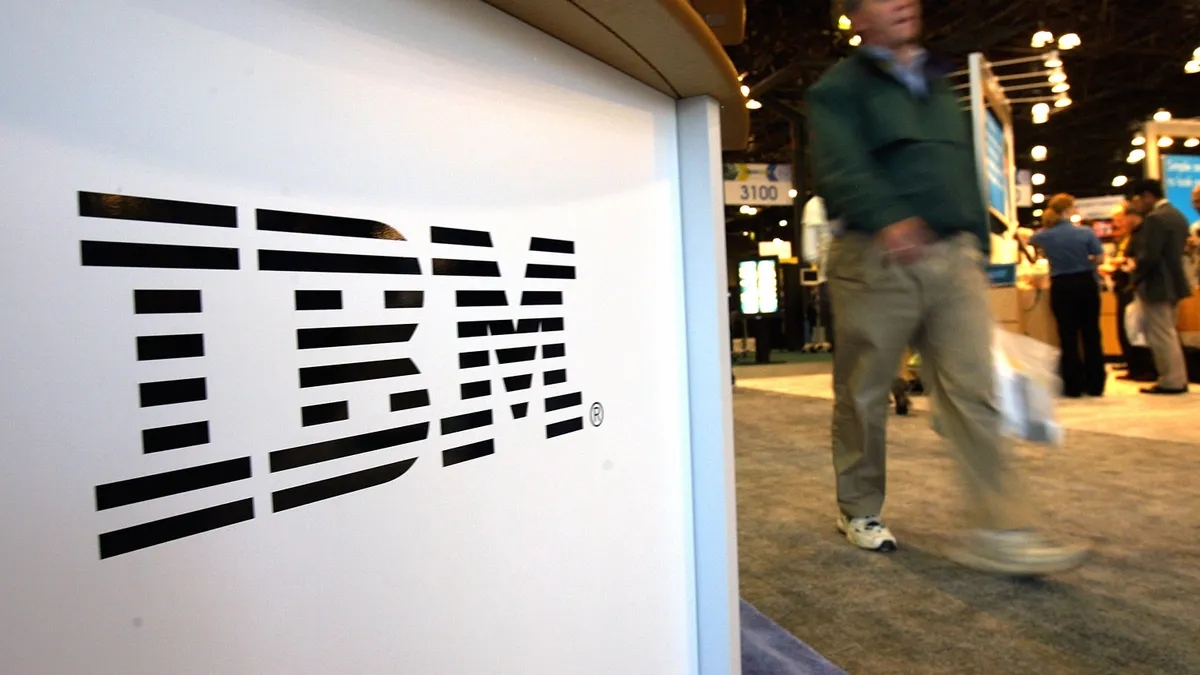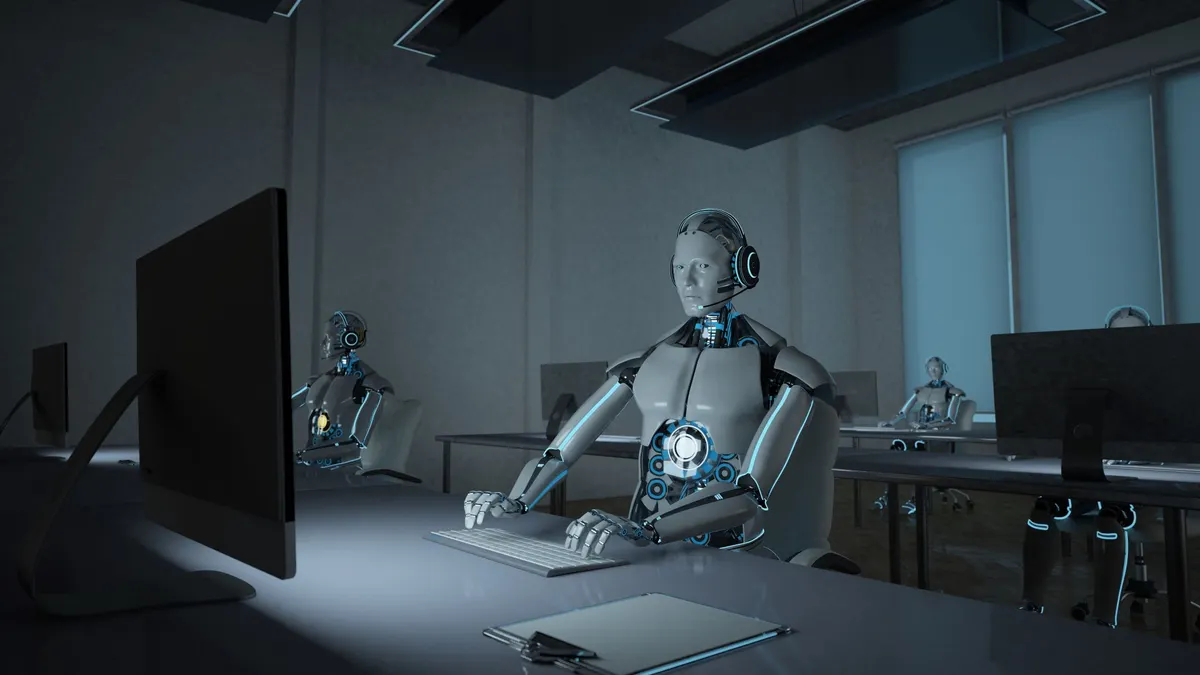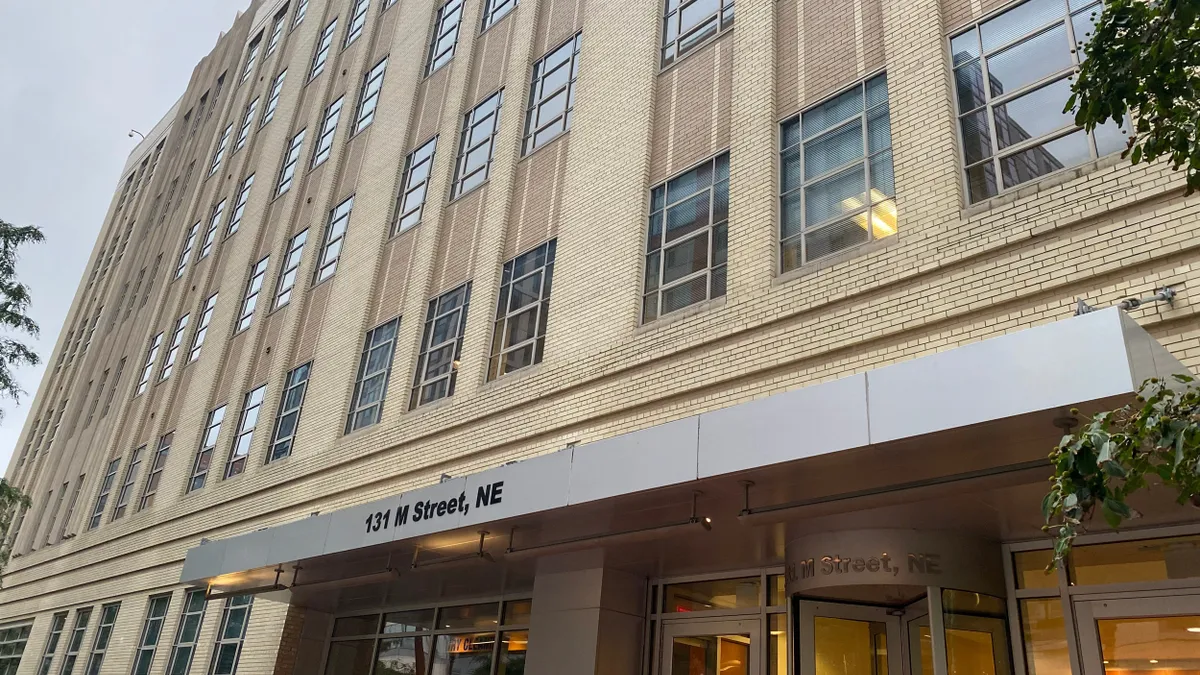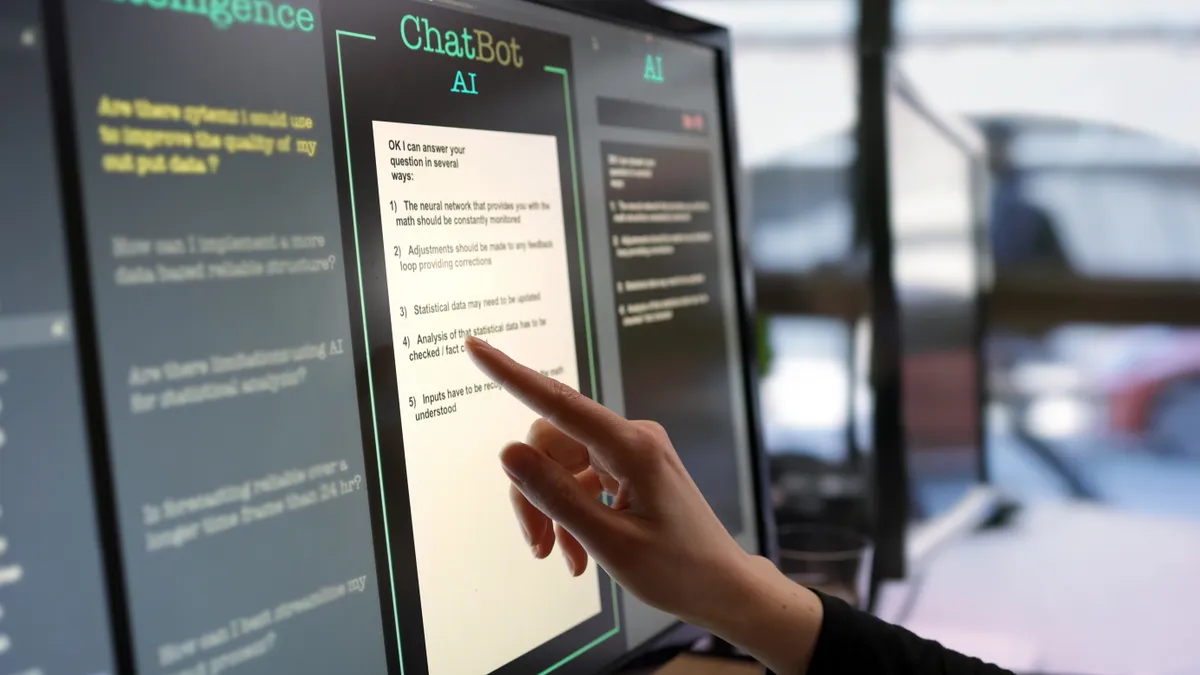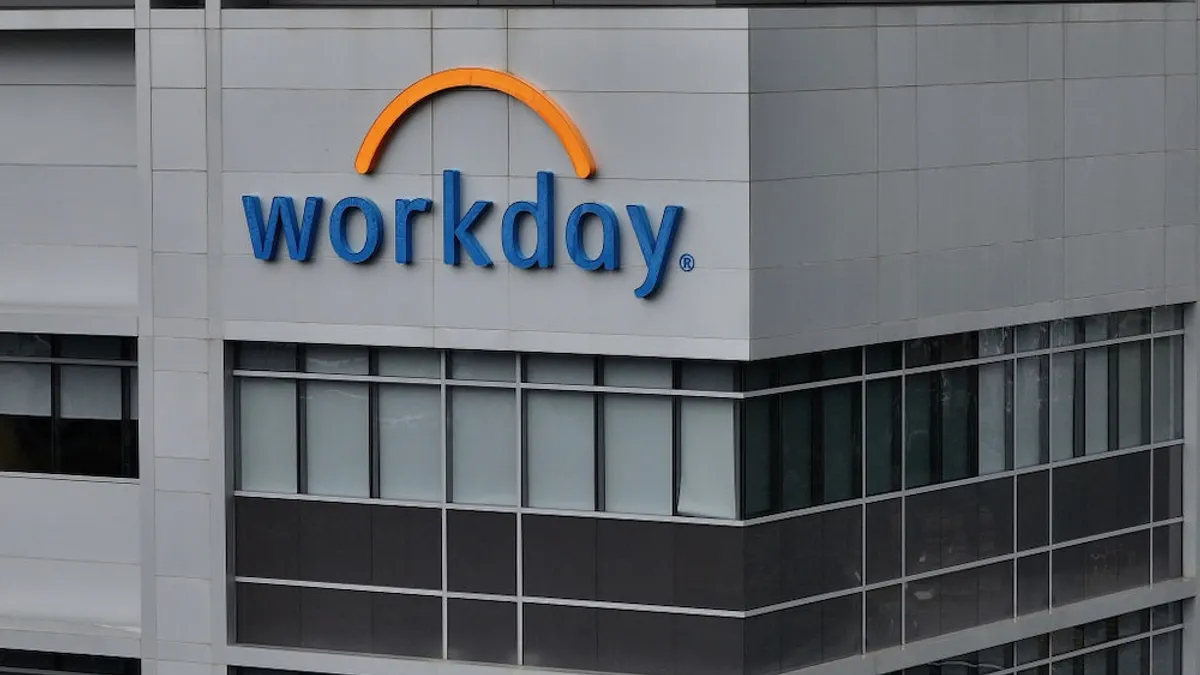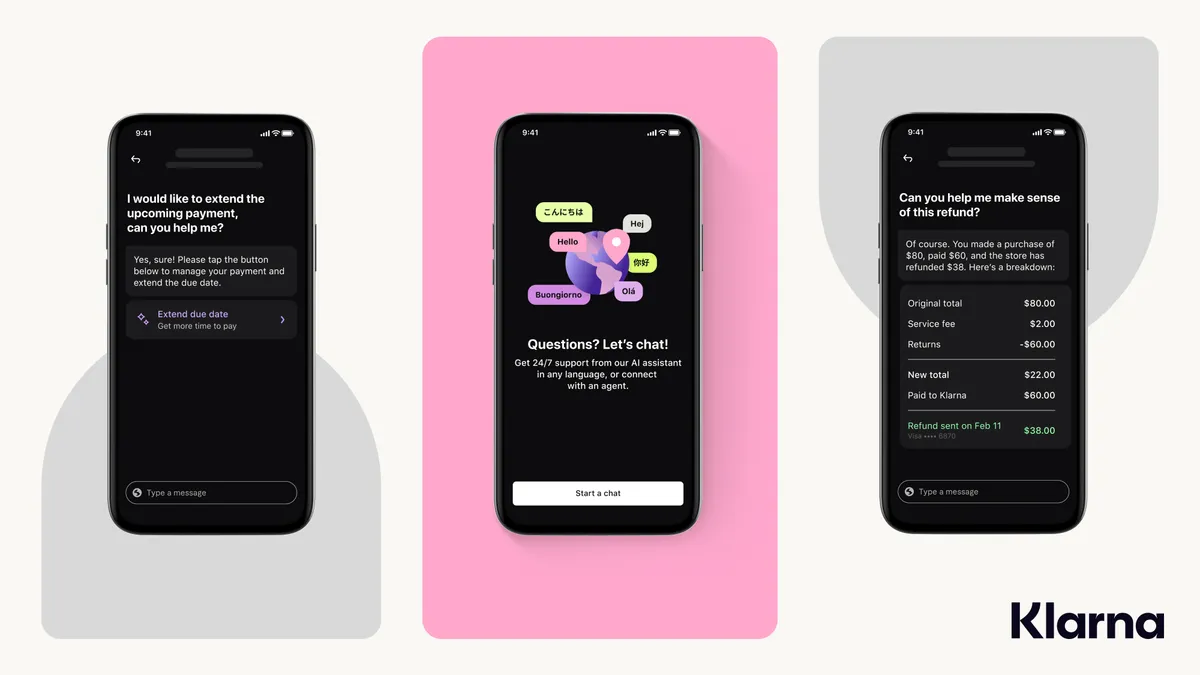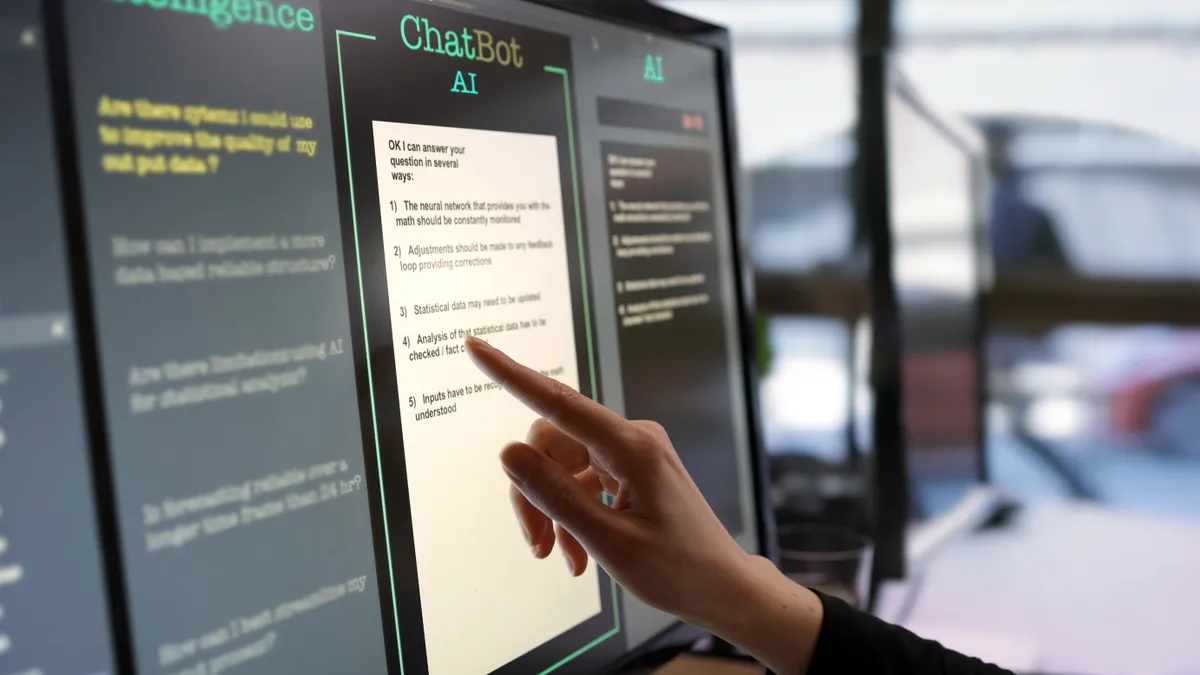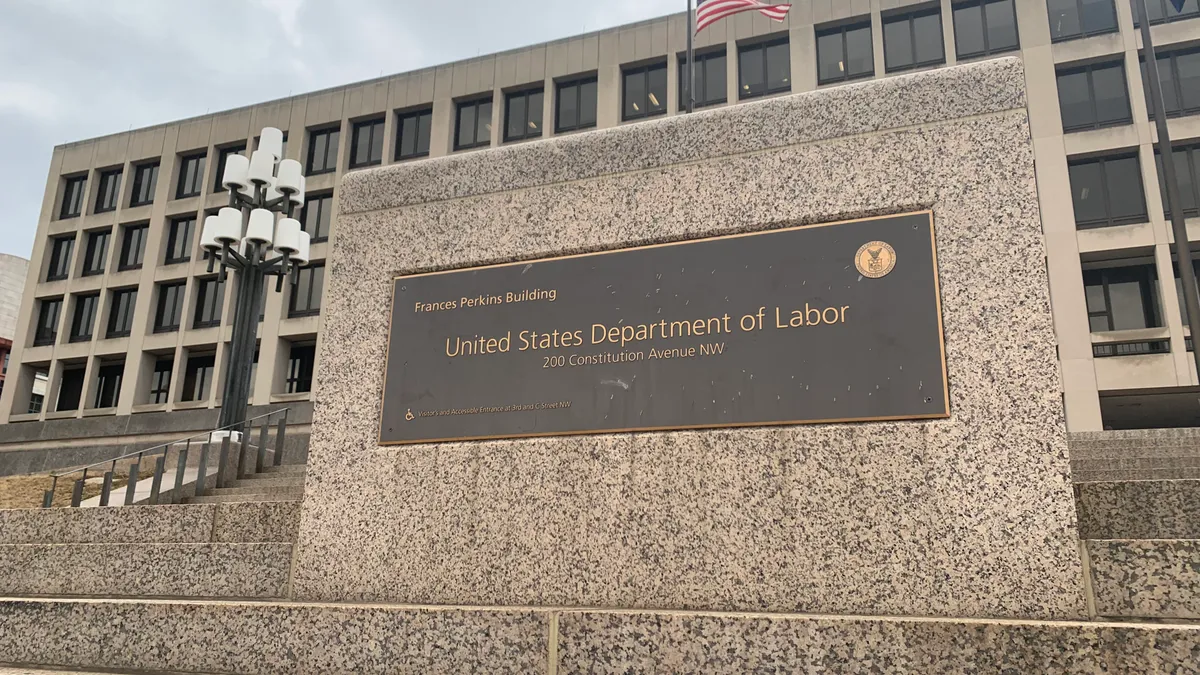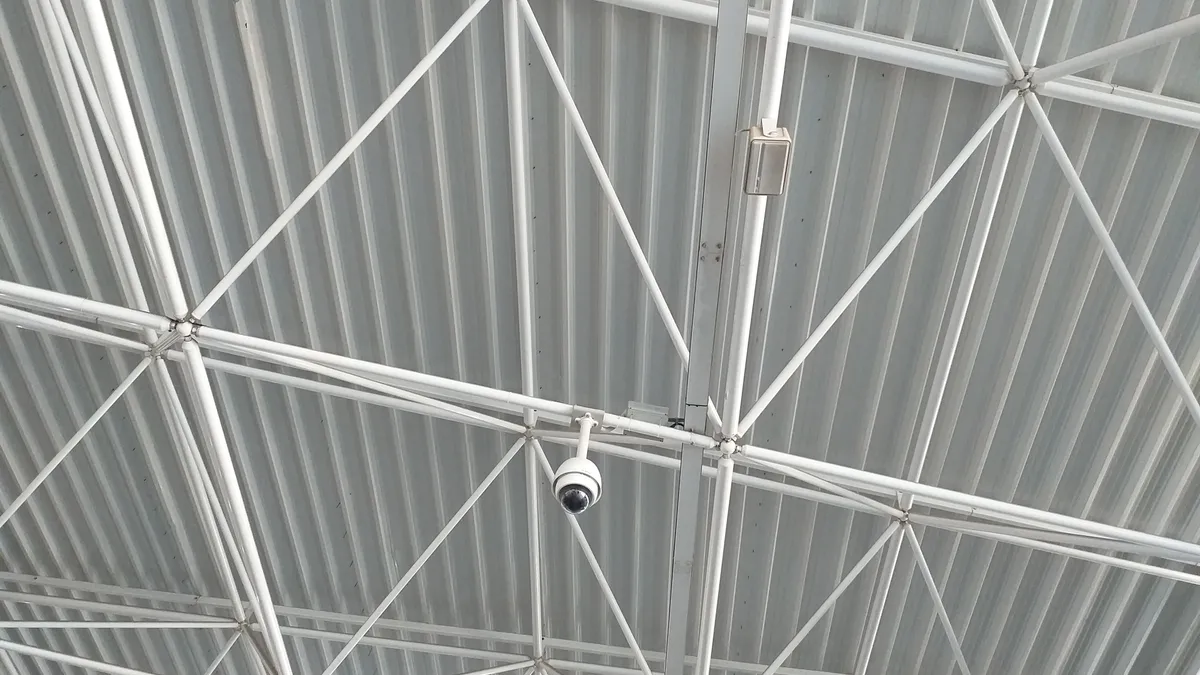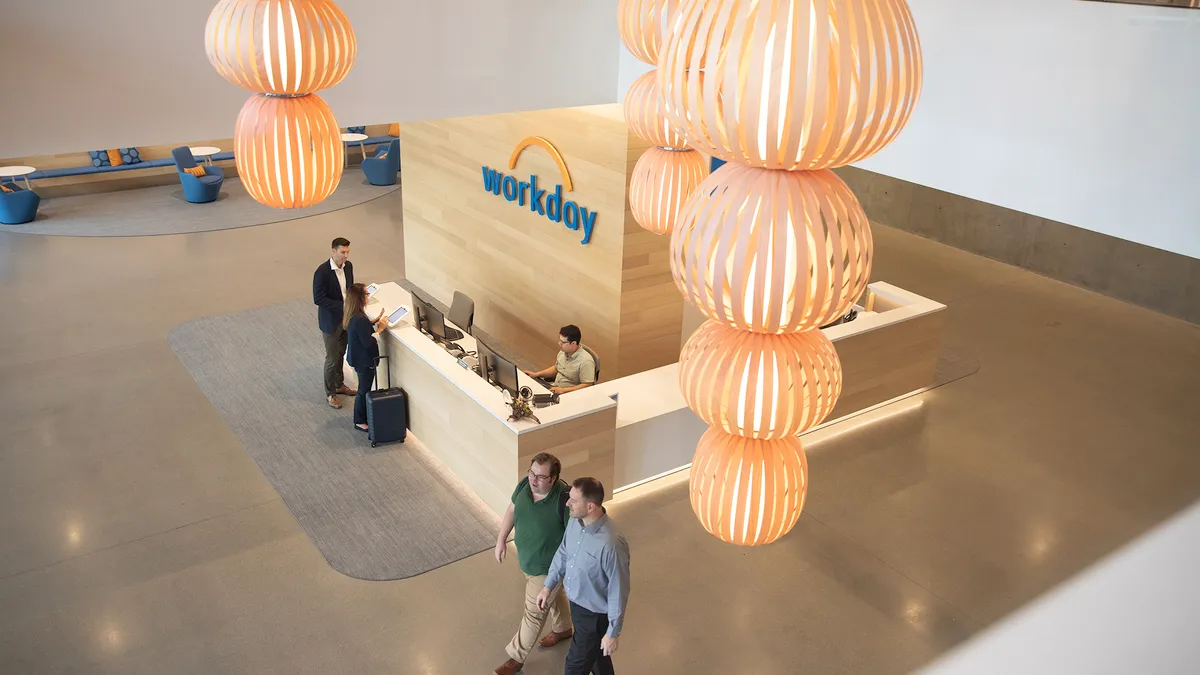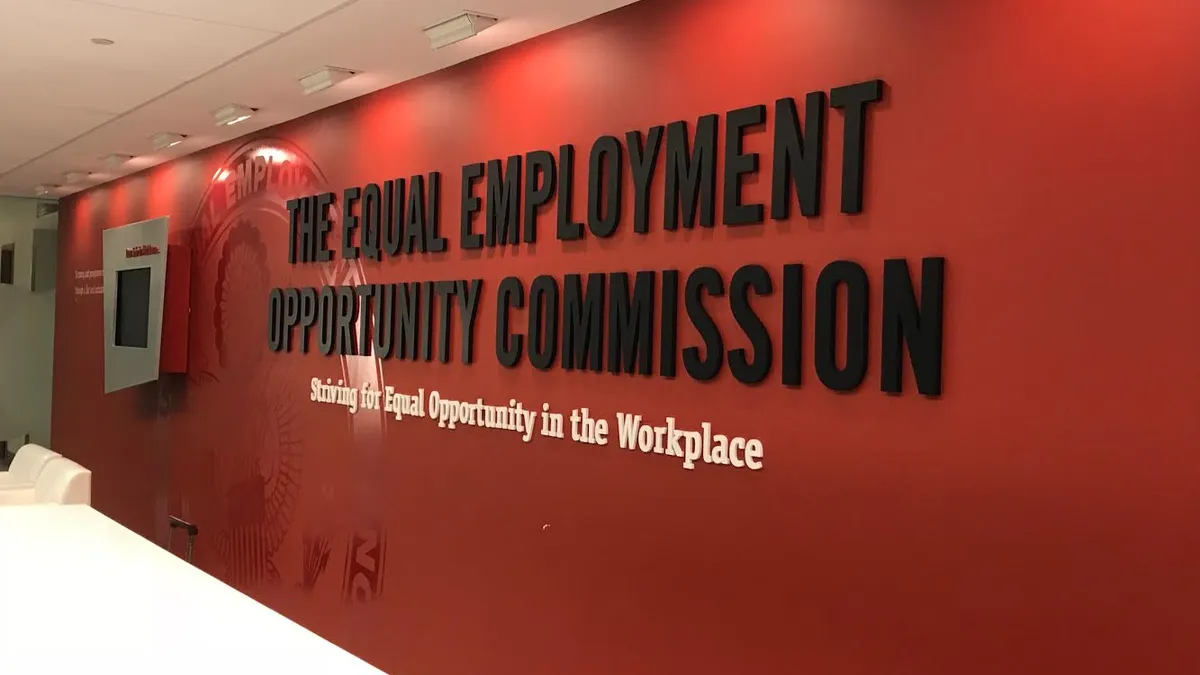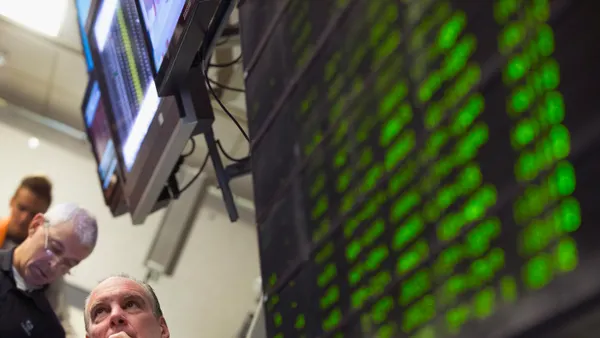Approximately 15% of all U.S. jobs — about 23 million total — are at elevated risk of displacement due to automation, but actual risk varies by occupational group and the presence of nontechnical barriers to automation, according to a SHRM analysis published Thursday.
SHRM identified jobs as possessing a high automation level if at least 50% of the tasks in the job are automated. The HR organization defined automation as inclusive of any technique that makes use of an apparatus, process or system which operates autonomously, including artificial intelligence.
Computer and mathematics jobs represented the occupational group with the largest share of highly automatable jobs at 32%, or nearly one-third. Similarly, this group also contained the largest share of jobs in which at least 50% tasks were completed using generative AI.
SHRM noted, however, that its data did not necessarily mean that all higher-risk jobs would be entirely automated. A job’s nonautomated tasks may require highly skilled human input, for example, or other nontechnical barriers may exist that prevent outright displacement. SHRM found that some 63% of jobs included at least one such barrier.
Given the widespread presence of technical and nontechnical barriers, “job transformation” is expected to be a more common outcome than displacement as technologies like AI grow, SHRM said. Previous analyses, including an early 2025 report by AI company Anthropic, have come to a similar conclusion.
During a media event Thursday, James Atkinson, vice president of thought leadership at SHRM, said that three categories of nontechnical barriers exist that may block complete automation: legal or regulatory restrictions, cost effectiveness and client preferences.
Atkinson gave the example of an airline pilot in describing such barriers. “When I get on a plane, it is very comforting to see that pilot, even when the technology exists to fly a plane autonomously,” he said.
Similarly, smaller organizations may find that implementing automation is too costly for them, or their clients may prefer human interaction over a more automated approach. SHRM found that client preferences were the most common nontechnical barrier, being cited in nearly three-quarters of all jobs that had such barriers.
Only 6% of the highly automatable jobs analyzed by SHRM had no definitive nontechnical barriers to displacement. Occupational groups such as personal care, healthcare practitioners and education had the lowest shares of such jobs, whereas computer and mathematical jobs had the highest share at nearly 13%.
Employers have in many cases struggled to implement generative AI despite the tech’s hype, with a recent MIT report finding that 95% of enterprise generative AI programs had no measurable profit-or-loss impact.
Still, the conversation among employers on AI has shifted dramatically in the last few years, Alex Alonso, chief data and analytics officer at SHRM, said Thursday. Alonso noted that early in the generative AI hype cycle, many employers opted to avoid the tech entirely due to fears of potential bias.
Those considerations have grown more nuanced, he added, and employers have gradually come to understand the need to account for potential biases while identifying where AI can help improve tasks that have proven particularly heavy “lifts” for their organizations.
“The spectrum has shifted a lot,” Alonso said. “Organizations and employers are looking at it in a different way, because they’re no longer just thinking about it from a risk perspective. They’re now thinking about it from the lift perspective as well.”



